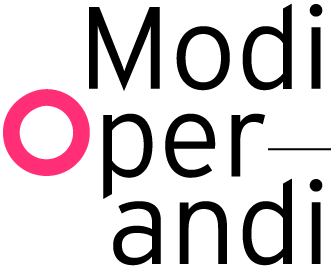CONCLUSION
I have endeavoured in this short and perhaps esoteric piece, to argue for the poetic rationalism which I find to be so implicit in the project. On account of its playful, architectural innocence, the distinguishing feature of Ardeshana’s methodology is that through it, an uninhibited, creative landscape is generated within which the ‘angelic voices’ which Rilke alludes to, are to be heard. She has wrought a fine and difficult balance in constellating those voices into a tangible form. The project occupies, as does all architecture, a liminal place between the real and the imagined in whatever way we understand those terms. Moreover, the project points to something beyond itself. For this author at least, the psychological understanding of the creative process remains an unexamined aspect of design education. Given the psychological layering which can be extended across the project, I, together with the reader, may well wonder what affect the project had on its author’s own psyche. As a student once said to me ‘you are not your work but you are the project’.
Free PDF: Intuition, Memory and Identity: Martin Gledhill
Martin Gledhill B.Sc. B.Arch. MA is a senior teaching fellow at the Department of Architecture and Civil Engineering at the University of Bath. He is a qualified architect but also has an MA in Jungian and Post Jungian Studies from the University of Essex. He is presently expanding his MA dissertation The Tower – Myth and Fiction into a PhD on Jung and Architecture.
mlg20@bath.ac.uk
